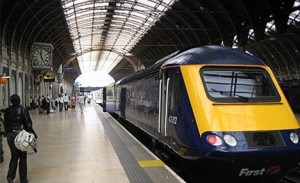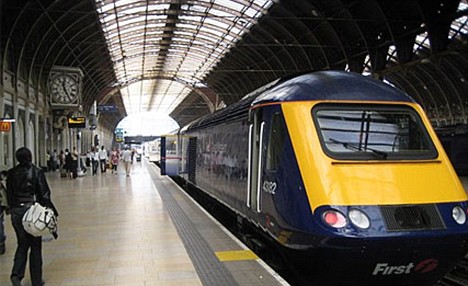 Almost a third of UK trains run behind schedule, according to new punctuality data from Network Rail. On certain routes, over half of all trains run behind schedule for the majority of their operation.
Almost a third of UK trains run behind schedule, according to new punctuality data from Network Rail. On certain routes, over half of all trains run behind schedule for the majority of their operation.
The figures, which cover the last twelve months of activity on several UK networks, indicate that the country’s rail system is far less punctual and efficient than many of us believe.
47.7 percent of Virgin Trains on the West Coast stuck to their schedule over the past twelve months – one of the nation’s worst offenders. Only 67 percent of all trains in the UK arrived early or at the right time, according to the new ‘right-time’ statistics.
‘Right-time’ statistics require a train to arrive either ahead of schedule or within 59 seconds of its scheduled arrival time in order to quality as ‘on time.’ The somewhat tight margin of error is to encourage prompt and timely rail network performance.
As well as the stricter right-time statistics, Network Rail also measures rail network performance under the older Public Performance Measures standard. This metric is more liberal, giving short-distance trains a five-minute margin on lateness and long-distance rail services a ten-minute arrival window.
While the right-time statistics measure just 67 percent of trains as ‘on-schedule,’ the older method puts 90.8 percent of UK trains in the ‘on time’ category. Certain routes are more likely than others to have late or severely delayed service.
For example, while over 68 percent of trains in London and the Southeast were on time, just 53.2 percent of long-distance services managed to arrive at their terminal destination within one minute of their predetermined schedule.
Over 60 percent of rail delays were caused by Network Rail, the statistics claim, and the process for determining whether a train was on time is, according to the group, not 100 percent reliable.





